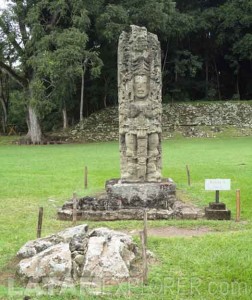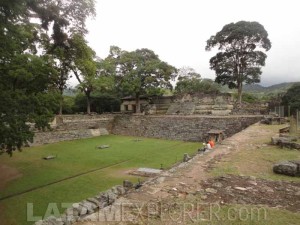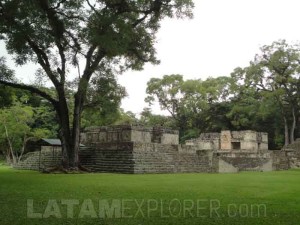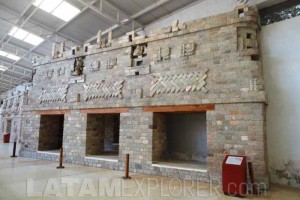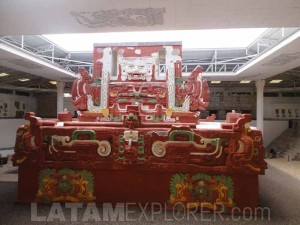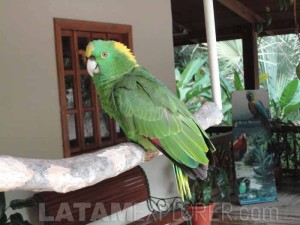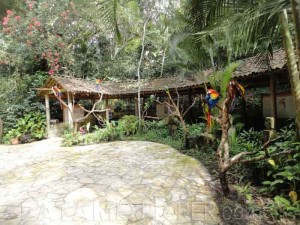Home > Destinations > Central America > Copán Ruinas
Copán Ruinas, Honduras
Honduras is the second largest country in Central America and features several natural and cultural attractions. The natural parks at the Moskitia region, in the northeast, next to the Nicaraguan border, allow visitors to immerge in a wild and little explored jungle, following the course of the “Central American Amazon” rivers, while the islands of the Honduran Caribbean, particularly Roatán, offer beaches and very good diving opportunities. In the interior of the country, Gracias and Comayagua are two colonial towns worth checking out if you are not on a tight schedule. It is Copán Ruinas, however, and its Mayan ruins, that use to attract visitors the most.
Located in the westernmost part of the country, only 10km (6mi) away from the border with Guatemala, the city of Copán Ruinas, with a population of 30,000 inhabitants, owns its foundation, in the later part of the 19th century, to the proximity of the homonymous ruins. This is a pleasant place and easily explored on foot, considering that most of the urban activity happens on a radius of five blocks around the central square. The city is considered safe for Honduran standards, but it always helps not to get too far from downtown, especially at night.
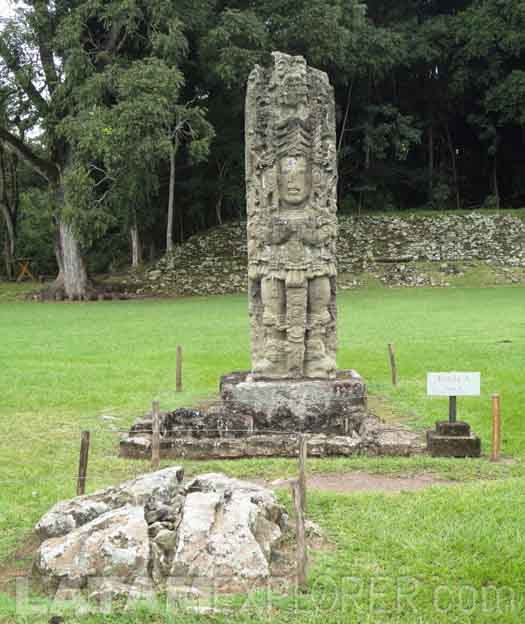
Copán was the capital of an important Maya kingdom during the classic period and a power in the southern reaches of the area dominated by the Maya civilization between the 5th and 9th centuries. Even though this area had already been occupied for centuries prior to the arrival of the Maya, the foundation of Copán use to be attributed to a warrior, possibly native from Tikal (in present day Guatemala), in 426AD. The city saw its apogee between 695 and 738AD, during the reign of 18 Rabbit. On this year, Copán suffered an important military defeat against Quiriguá, its previous vassal state, and entered a period of decadence. It is believed that its collapse happened around the year 830AD. When the Spanish conquerors arrived here, the city had already been abandoned for centuries.
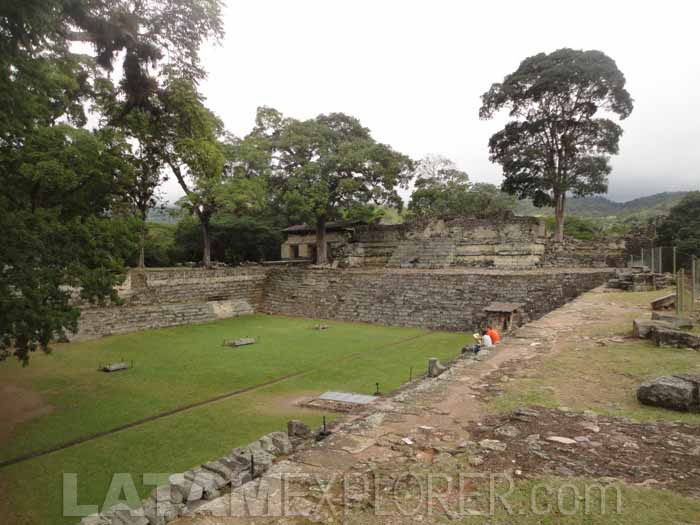
Nowadays, the Copán archeological site is split in two sectors of greater interest: the Main Group and the Sepulturas. The entrance for the Main Group is located just about 1km (0.6mi) away from the center of the city and can be easily reached on foot; the Sepulturas Group is located another 1.5km (1mi) down the same road and, although still easily reached on foot, it wanders a less travelled segment, in theory still considered to be safe. When visiting the area, do your best to arrive as early as possible in the morning, in order to avoid the midday intense heat and have a greater possibility of avoiding the tourist groups that usually arrive later in the day. Most people should be able to visit both areas in less than six hours.
The Main Group occupies an area around 600m (2,000ft) x 300m (1,000ft) long and is dominated by the Acropolis, the ancient royal complex made of two squares surrounded by elevated structures that include pyramids and palaces. Other important structures include the Hieroglyphic Stairway and the Ballcourt, besides the Monument Plaza, where a large number of estelas – tall stone rods sculpted with several details – is to be found. This area also comprises the Cemetery Group. The excellent Sculptures Museum was built just a few steps away from the archeological site and features several of the original sculptures found originally in Copán (in many cases, the original pieces were moved to the Museum and only replicas are currently placed at the archeological site, making conservation efforts easier). The Sepulturas Group – comprising mostly a residential area inhabited by the city’s nobility) is less visited and also less impactful than the Main Group, but also deserves a visit as it allows a more complete idea about the life style of the original inhabitants.
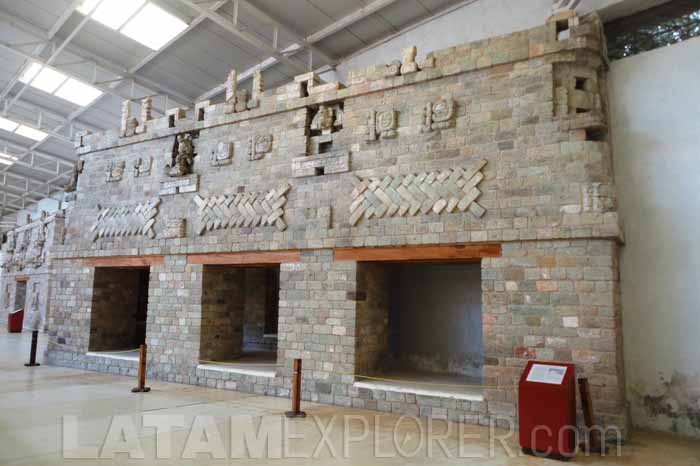
Although the Mayan ruins are, without a doubt, the main attraction of Copán Ruinas, there are several other things to do in the neighborhoods, most of them related to natural activities. One of them, Macaw Mountain, offers an interesting proposition, by promoting the contact, with educational objectives, with several bird species. In some cases it is even possible to walk inside the cages or interact with the birds in purpose built habitats. The reserve is located 2.5km (1.5mi) away from the city center and can be easily reached using a tuk-tuk (the way back to the city, downwards, is more easily manageable on foot).
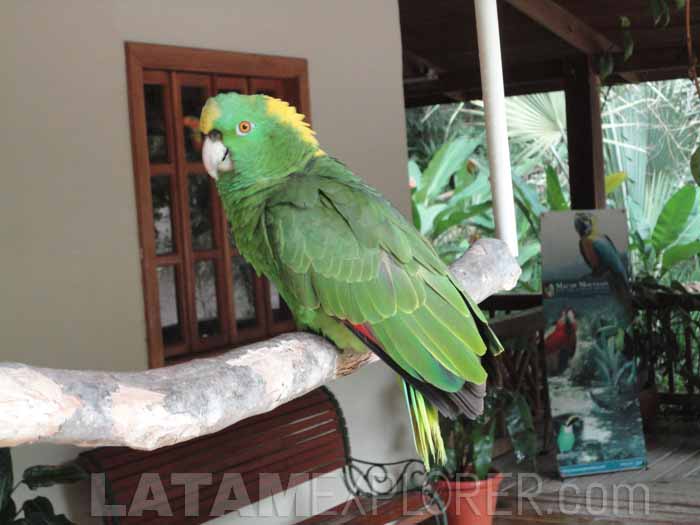
The main gateway to Copán Ruinas is San Pedro Sula International Airport (and believe me when I say this is only reason why you would consider being around there), 180km (110mi) away. Tegucigalpa, the national capital, is located 390km (240mi) away and, although offering fewer connections, is at least somehow interesting in case you decide to break the journey. Alternatively, Guatemala City is located 230km (140mi) away, while San Salvador, in El Salvador, is 20km (12mi) closer. Both capitals are better connected than Tegucigalpa. Direct and comfortable buses connect San Pedro Sula, Tegucigalpa and Guatemala City to Copán Ruinas.
